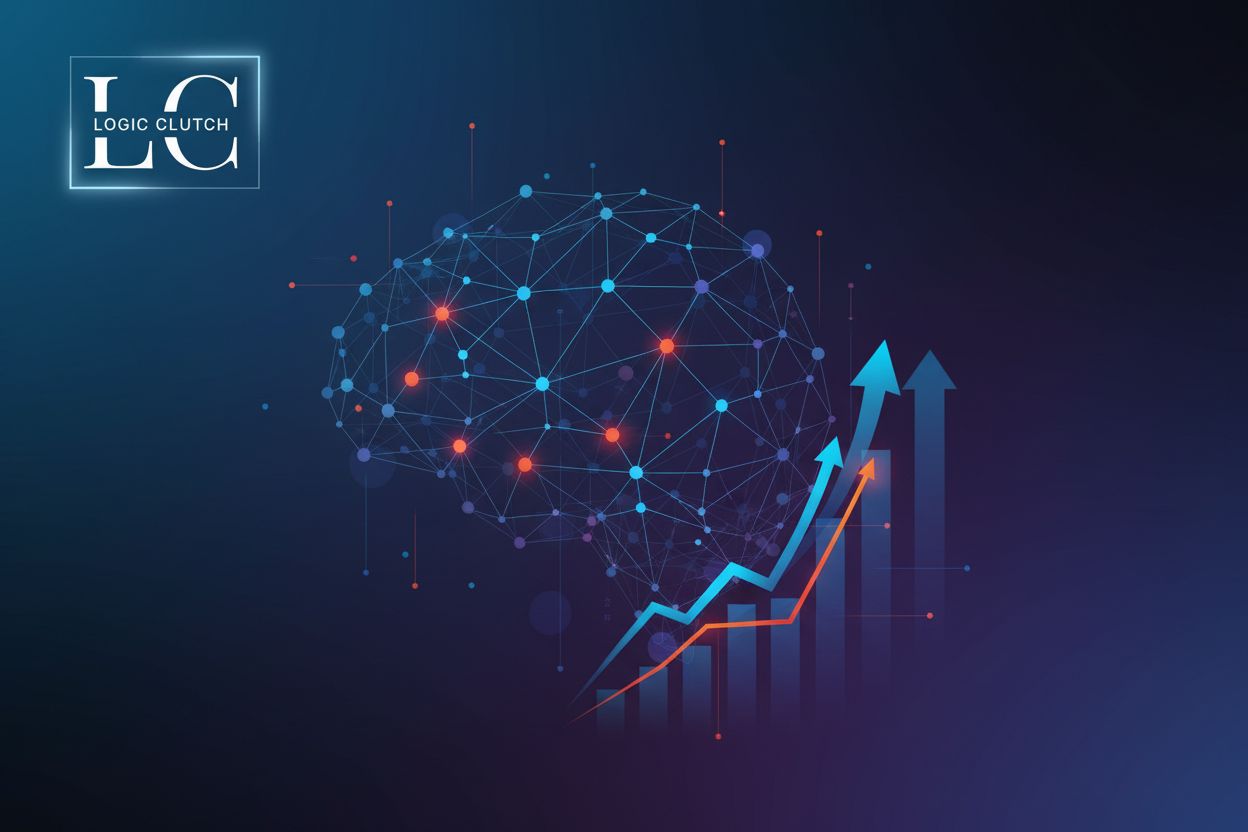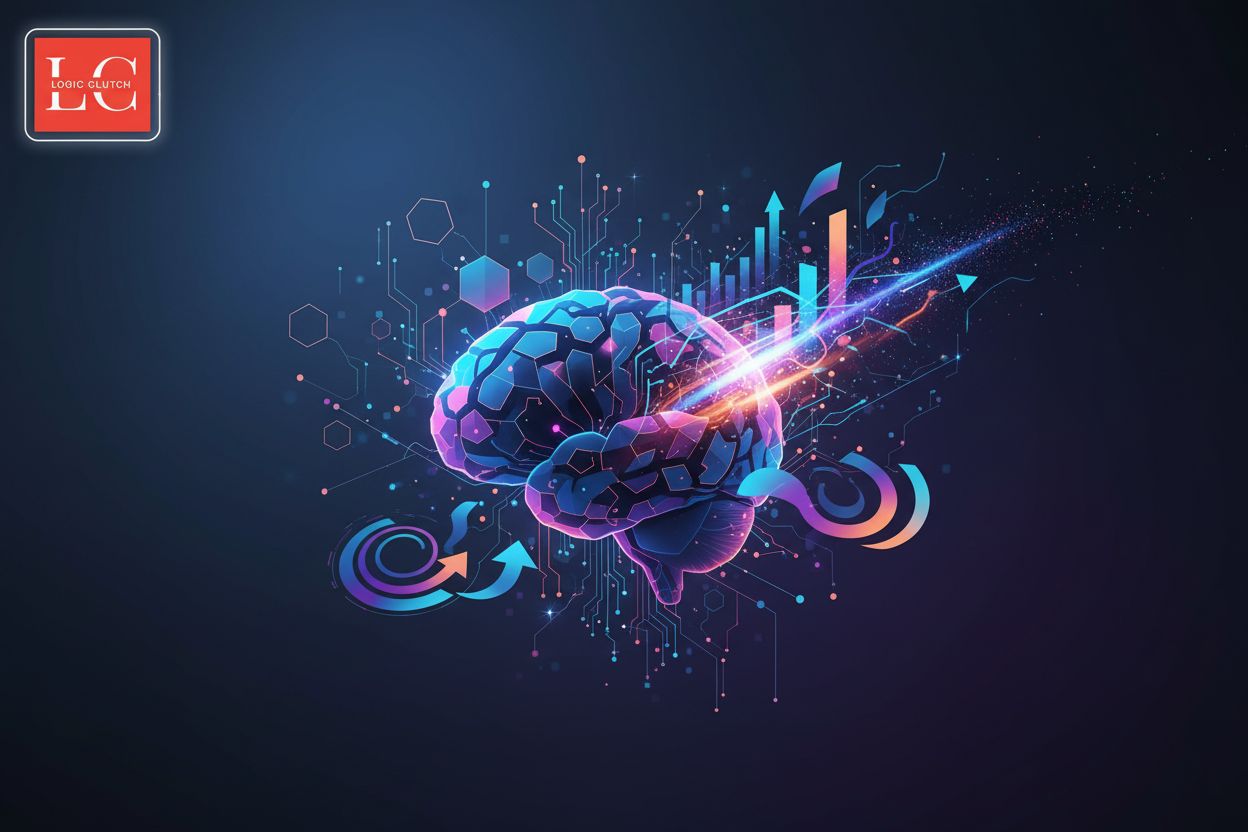Comprehensive Intelligence Solutions with AI for Enterprises
TL;DR
The Evolving Landscape of Enterprise Intelligence
Okay, let's dive in! Who knew finding stuff at work could be so complicated these days? It's not just about knowing what you need, but where the heck it is hiding.
AI search for enterprises is changing how we find information at work. Forget those old keyword searches that give you a million irrelevant results- we're talking about systems that actually understand what you're looking for. It's like having a super-smart coworker who knows where everything is kept!
These systems use a mix of machine learning, natural language processing (NLP), and something called semantic understanding to figure out what you really need. It's not just about the words you type, but what you mean. For instance, when you ask "Who handled the Chicago client presentation last quarter?", these technologies work together to interpret your intent. Machine learning algorithms analyze patterns in your past queries and the content you interact with to predict what you're likely looking for. NLP breaks down your sentence into its core components, identifying entities like "Chicago client" and "last quarter," and understanding the relationships between them. Semantic understanding then goes a step further, grasping the context and nuances of your request, allowing the AI to infer that you're looking for people, associated documents, and project details related to that specific event, rather than just a generic search for "Chicago" or "presentation."
- Streamlined Information Access: AI search delivers precise results fast, so you can focus on the important stuff.
- Breaking Down Data Silos: It connects different systems, giving you a broader view and better insights.
- Automation: AI takes care of those boring data retrieval tasks, freeing you up for strategy.
A good AI search solution needs some core capabilities. First, it's gotta have advanced natural language processing so it can understand what you're actually asking, not just matching words.
The search needs to hook into everything you use. We're talking databases, documents, cloud apps, even communication tools. All that stuff needs to be indexed. Solutions with pre-built connectors that span over 100 systems can facilitate searches that encompass both structured and unstructured data, eliminating the need for manual cross-referencing.
It shouldn't just find stuff, it should find the right stuff for you. The results should be tailored to your role, what you've looked at before, and what's most authoritative.
To illustrate, consider a sales rep preparing for a crucial client meeting. Instead of spending valuable time sifting through disparate systems like CRM, email, and project management tools, they can simply ask the AI search, "What's the latest on the Acme account?" The AI, understanding the context of a sales meeting preparation, would then intelligently surface relevant information such as recent communications, outstanding proposals, project status updates, and key contacts associated with Acme, all consolidated in one place.
Think about it, AI could pull data from spreadsheets, emails, and project tools to make a budget summary. That's hours saved, and way less chance of missing something important.
This is super important. You need to make sure the AI search syncs with your existing security, so people only see what they're allowed to see. Encryption is key too, to keep everything safe.
AI enterprise search isn't just a fancy search bar, it's a whole new way of working. By focusing on the right features and a smart implementation plan, you can really boost productivity and make smarter decisions.
Salesforce CRM and AI: A Synergistic Partnership
Okay, here's the deal. Salesforce is great, but let's be honest, sometimes it feels like you're drowning in data, right? What if AI could actually make sense of it all?
AI and Salesforce? Yeah, it's a power couple. It’s all about making your CRM smarter. Think of it as giving your Salesforce a brain boost that goes way beyond just storing customer info.
- Smarter Analytics: AI can dig through customer data, spotting trends and predicting what folks will do next. Forget gut feelings; this is about data-backed decisions.
- Personalized Experiences: Imagine tailoring content, recommendations, and offers based on what each customer actually wants. AI can make that happen, boosting engagement and loyalty.
- Automation: AI can handle the boring stuff, like data entry and follow-up reminders, freeing up your sales and marketing teams to focus on the real strategy. AI applications enable companies to automate repetitive tasks such as invoice processing, email filtering and response, HR onboarding, marketing campaign management, and customer support.
Let’s say you're in healthcare. AI could analyze patient data to predict who's at risk of missing appointments, allowing for proactive outreach. Or, in retail, AI could suggest personalized product bundles based on past purchases and browsing history.
Consider a scenario where leads automatically get assigned to sales reps based on AI-driven lead scoring. This ensures high-potential opportunities are prioritized, maximizing conversion rates.
The integration of AI into Salesforce is more than just a trend; it's a shift towards truly intelligent CRM. It's about making your data work smarter, not harder.
Next up, we'll dive into how AI is automating workflows and boosting efficiency within Salesforce.
Key AI Technologies for Enterprise Intelligence
Okay, so you're probably thinking, "AI for enterprises, is that just another buzzword?" Honestly, it can be, but underneath the hype, there's some seriously useful tech that can change how businesses operate.
AI search for enterprises isn't your grandpa's search bar. It's like giving your company's collective brain a serious upgrade. Think about it – how much time do you waste every week just hunting for that one file or email?
- It uses natural language processing (NLP) to understand what you mean, not just what you type. So, if you ask "who's the best java developer?" it figures out you want a person's name and skills, not just a list of Java files.
- It connects to everything. We're talking databases, cloud apps, even those dusty old file servers no one touches anymore. The goal is one search to rule them all.
What really makes AI search tick? Well, it's all about those core capabilities that let it dig through the digital clutter and surface what you actually need.
- Intelligent ranking and personalization is key. It learns what's relevant to you, based on your role, past searches, and even who the recognized experts are in your company. This means the most important results for your specific needs bubble to the top, saving you time and effort.
- Unified search is a must. You shouldn't need to remember where something is stored; the AI should just find it, regardless of whether it's in a document, an email, or a database.
Don't forget security. You don't want just anyone seeing sensitive data, right?
- Real-time synchronization with access controls is crucial. People only see what they're allowed to see, period.
- Encryption keeps the data safe, both when it's being used and when it's just sitting there.
Imagine a sales rep prepping for a meeting. Instead of digging through a dozen systems, they can just ask the AI search, "What's the latest on the Acme account?" - boom, they've got everything they need.
This ease of implementation is often facilitated by:
- Ready-to-use integrations are key. The easier it hooks into your existing systems, the better.
- API flexibility is also important, so you can tweak it to fit your specific needs. Ready-to-use integration modules are designed to streamline connectivity, ensuring access to essential business applications.
With these features in place, you're not just searching; you're unlocking the collective intelligence of your enterprise. Next, we'll dive into how to make sure all this AI stuff actually works.
Implementing AI Solutions: Best Practices and Considerations
Okay, so you're thinking about implementing AI solutions? Smart move! But where do you even start, right? It's not just about throwing some fancy tech at a problem and hoping for the best.
First, you gotta figure out what you're trying to achieve. What's the actual business problem you're trying to solve with AI? Before you even think about algorithms, make sure you have a clear objective.
- Nail down specific problems that AI can actually solve. Don't just say "improve customer service". Say "reduce customer churn by 15% by personalizing support interactions".
- Well-defined objectives could include things like "automate invoice processing to reduce errors" or "predict equipment failure to minimize downtime".
Now, let's talk about data. AI is only as good as the data you feed it. Garbage in, garbage out, you know? Data quality is critical. If your data is a mess, your AI will be too.
- Ensure data accuracy and completeness. That means cleaning up those old databases and making sure new data is entered correctly.
- Data governance policies are a must. These policies define how data is managed, accessed, and used throughout its lifecycle. They typically cover aspects like data lineage (tracking where data comes from and how it's transformed), access controls (who can view or modify specific data), data quality standards, data retention policies (how long data is kept), and compliance with relevant regulations like GDPR or CCPA. Implementing strong data governance ensures that your AI models are trained on reliable, secure, and ethically sourced data.
And hey, let's not forget the ethics of AI. This stuff can be powerful, but it's important to use it responsibly. Bias in AI is a real thing, so you need to be aware of it.
- Mitigate bias in algorithms by using diverse training data and regularly auditing your models. You don't want your AI to be discriminatory.
- Responsible AI practices means being transparent about how your AI works and ensuring that it's used fairly. It's about building trust.
Implementing AI isn't a walk in the park, but it's definitely worth it if you do it right.
Measuring ROI and Demonstrating Business Value
So, you've thrown a bunch of money at AI, huh? Now comes the fun part: proving it was worth it. Let's be real, just saying "it's AI, so it's gotta be good" isn't gonna cut it with the CEO.
First things first, gotta figure out what to actually measure. We're talkin' key performance indicators (KPIs). What makes sense depends on what you're using AI for.
- If it's sales, track things like increased conversion rates or deal closing times. For example, if your AI helps qualify leads faster, you should see sales cycles shrink, right?
- For customer service, look at reduced resolution times or improved customer satisfaction scores. Maybe your AI chatbot is actually stopping people from rage-quitting your website!
- In manufacturing, keep an eye on reduced downtime or increased production yields. Basically, is the AI keeping the machines humming and spitting out more widgets?
Ultimately, it’s about the bottom line. You gotta translate those KPIs into dollars and cents to show the return on investment (ROI). Think about it:
- How much extra revenue did AI-powered personalization bring in?
- How much did you save by automating those tedious invoice processes? AI applications enable companies to automate repetitive tasks such as invoice processing.
- What's the value of preventing equipment failures before they happen?
It’s not just about cold, hard numbers, though. Consider the intangible benefits too, like happier employees who aren't stuck doing mind-numbing tasks. This can lead to improved morale, higher job satisfaction, and better employee retention. Furthermore, AI can enhance decision-making speed by providing insights faster, foster innovation by freeing up human capital for creative problem-solving, and ultimately contribute to a more agile and competitive business.
Measuring the success of AI isn't always easy, but it's crucial. Show the value, and you'll get the budget for the next big thing!





